Search Results for: Son
Hicham Billouch, Nour Morocco Arabic music in Mexico
Latin America / Mexico / Ciudad de Mexico
Hicham Billouch, a Moroccan musician, seeks to explore new musical avenues and possibilities.
Billouch studied music at the Royal Conservatory of Marrakech and graduated as a pianist. He also plays violin, lute, guitar and feel.
As a teenager he began working in cabarets in Marrakech such as Hotel Sahara Inn, Rotana and VIP Club and Hotel Semiramis in Casa Blanca.

In Morocco he played for singers such as Ahmed Adawiyya from Egypt, Fares Karam from Lebanon and Mohamed Reda, Pinhas and Badr Sultan from Morocco.
He also participated in the Mawazin Festival organized by the Government of Morocco and worked in the organization of musical events such as the Green March Festival.
In France he played with Maqam al Ushaq, a Moorish music group, at the Corsican Mediterranean Music Festival and the International University Music Festival in Ville de Belfort, France.

In Mexico, he created Nour Morocco, an Arabic music ensemble, with local musicians. Nour Morocco has participated in international festivals such as Lerdantino (Durango), Festiva Toluca and Calimaya (State of Mexico) and the International Book Fair of Córdoba (Veracruz). He also played at the Lebanese restaurant Adonis de Polanco.
In Mexico City, he organized a belly dance contest and also published a book with the Spanish translation of 40 Arabic songs.

His record production includes 3 CDS: Salam, Qamar and Kalimat, with covers of Arabic songs and his own compositions.
“Music for me is like oxygen and I will never give up my passion”
https://www.hichambillouch.com/
Miles Bould, Percussionist / Drummer
Europe / England / London
Miles Bould is currently MD and drummer for Shaun Escoffery
Miles Bould was born in London took up Saxophone and Clarinet at a young age and was strongly musically influenced by his father, a producer who had worked with such Jazz luminaries as Gil Evans, Dizzy Gillespie, Stan Tracey and Tubby Hayes – many of these great musicians went on to be family friends.

In particular Dizzy noticed Miles’ musical passion turn specifically to percussion at around 10 years old and set him on his path as a percussionist by giving him three of his touring congas.
At age 15 Miles was jamming and working in clubs playing various styles of music; predominantly Latin, Jazz, Funk and Reggae.
He then joined his first serious Funk band ‘Sava Jazz’. Through that followed a meeting with guitarist Dominic Miller (Sting).
Dominic took Miles under his wing and they toured and have done many sessions together over the years. He was also spotted by Robert Palmer who he then began recording and gigging with.

He then met Julia Fordham who was very instrumental in helping Miles get more connected in the session scene. She hired him to tour and eventually record with her.
He went on to record and tour extensively with a broad spectrum of artists, including Sting, Daryl Hall, Joe Cocker, Level 42, Cher, Eternal, The Lighthouse Family, Julia Fordham, Incognito, The Pasadenas, The Beloved, Suggs, Shara Nelson, Simply Red etc. as both a percussionist and drummer.
He also recorded a sample CD with fellow percussionist Danny Cummings called ‘The Rhythm of Life’ which has been used by artists including Pat Metheny, George Michael, Brownstone, NYPD Blue.
It has also been used by many film composers. This was followed by another 2 sample CDs, Audiovirus a loop break beat collaboration with Miles and Mike Westergaard called ‘Intravenous’ and another specific drum and percussion CD by Miles called ‘The Progression’.
He also gigged with his own bands ‘Goosebump’, a Funk Rock band signed to Warner Chappell, and ‘Peoplespeak’ A Fusion project – Steps Ahead used one of their compositions ‘Agitate the Gravel’ for their 1992 album Ying Yang. He toured extensively with Billy Ocean and went on to co-write the title song on his 2010 album “Because I Love You”

The next few years saw Miles recording albums and gigging with more artists including quite a broad spectrum of artists including Beyonce, Michael Jackson, Joan Armatrading, Jermaine Jackson, Valerie Etienne (Galliano) Desert Eagle Discs, Gerard Presencer, Shaun Escoffery, Brand New Heavies, Russell Watson, Morcheeba, Daniel Beddingfield, Dominic Miller, Nigel Kennedy etc.
His current band ‘USONiC’ were nominated for a MOBO award in 2011 for best jazz act with their album ‘EVOLUTION’, which features Scott Henderson and Scott Kinsey of Tribal Tech.
Miles has his own professional recording studio where he currently carries out drum and percussion sessions remotely (full equipment spec on request).

Miles is touring and has just recorded a duet album with Dominic Miller for ECM records called “Silent Light”.
Miles is currently MD and drummer for Shaun Escoffery.
Dance Dojo: Become a better Salsa & Bachata dancer
North America - Canada – Ontario
Dance Dojo, Develop the confidence, rhythm, and skills to have more fun with your dance partners

Till 2014, Dance Dojo help you improve your salsa, one step at a time, to fully express yourself and have more fun on the dance floor.
Dance Dojo is a online Salsa & Bachata dance school for people who want to become better social dancers.

Learn salsa on 1 or on 2 with Patrick and Scarlet or Bachata with Harold and Regan.
They’re creating a place where anyone can learn to dance online from some of the world’s best teachers, and Salsa is just the beginning.

They believe everyone can dance. It’s the experience of learning to dance that determines whether someone enjoys it, and keeps going. They make sure you do both.
Products
Salsa with Patrick & Scarlet (On1 & On2, linear style),
Bachata with Harold & Regan
Social dancers choose to learn with them because they can…
Get the clearest instruction
Experience incredibly detailed breakdowns presented in an easy-to-understand way. After this, you’ll never want to go back to YouTube.
Learn with convenience
Access your lessons anytime, anywhere, watching them as many times as you like — even in slow motion. Have fun making mistakes in a safe environment.

Fast track progress
With a progressive curriculum that focuses on technique and building strong fundamentals, you’ll become a better dancer faster.
Access the best teachers
Learn from the best teachers, not the flashiest dancers. Their super power is helping students become the greatest social dancers they can be.

Practice without a partner
You’ll have tons of lessons that don’t require a partner. There’s always something to learn. No excuses!
Get ongoing feedback
Struggling with something? Post in our private Facebook Group and get feedback from other instructors and dancers in the community.
More info
Great news from New York!
North America / USA / New York
In this edition (Johnny Cruz) I would like to tell you about the memorable career of my good friend Nicky Marrero, whom I esteem and consider to be one of the best timbaleros in the world and who has been an inspiration to many artists of different generations, even today. Also, Nicky is about to turn years this month.

Born in the New York Bronx, the great percussionist and timpani teacher Nicholas Marrero
Known to all as Nicky Marrero, of Puerto Rican roots, came to the world on June 17, 1950 and grew up among musical instruments such as the maracas, güiros, and the guitars through his family. His born talent led him to start studying the drums, but he was seduced by the sounds and influence of Tito Puente and Willie Bobo.
His musical debut was with Orquesta Caribe. There has been speculation about his first recording at age 15 with Willie Colón’s band, but that recording was not released. His first published recordings, in which he participated as timpani player, were the albums El Malo and The Hustler, by Willie Colón, recorded in 1968 for the Fania Records label in LP format. He was invited to participate in a single titled Descarga de Dos Pianos with Charlie Palmieri and Louie Ramírez.
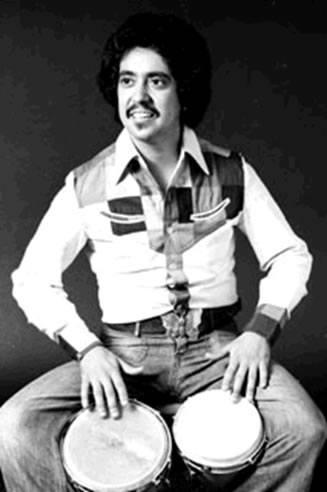
In 1968, Nicky Marrero worked with Eddie Palmieri’s band; That same year, he took part in the recording of the Champagne album, released by the Tico Records label. He has participated with maestro Eduardo Palmieri in fifteen albums between 1968 and 2018, most of them very successful.
In fact, with albums The Sun of Latin Music and Unfinished Masterpiece, they won the Latin Grammy Award. Nicky Marrero is one of the best timbaleros in the history of Latin music; in 1973, he replaced Orestes Vilato in the Fania All Stars of Pacheco and Masucci, with which he made tours, presentations and concerts playing the timpani in many countries of the world.
Nicky Marrero’s gigantic musical career has allowed him to participate in the most important Fania recordings; there are around 25 musical productions in which the imprint of his timpani, his bongo and his bell with La Fania All Stars has been registered.
Not only Latin music and Latin Jazz have had the participation of the Bronx timbalero, other musical genres such as Jazz, Rock, Funk, Soul, World, Country, Stage & Screen; have also had the participation of the portentous timbalero. The most important groups of Latin music, as well as the greatest musicians and singers of Salsa, have had the participation of this prodigious musician.
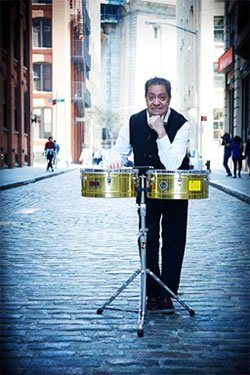
With great emotion, I congratulate and greet my friend Richard Román for the 25th Anniversary of Radio Salsa Superior, I wish him and his team many successes to continue his work in the world of music. The celebration will be virtual, given the circumstances, but stay tuned because many surprises come. The marvelous Salsa Superior team transmits day by day from Miami at salsasuperior.com/radio.
I want to congratulate my great friend Rafael Ithier and all the musicians of the Gran Combo on their 58th anniversary. Keep reaping successes and being part of the salsa tradition of those who love this genre. For many more years dancing to the rhythm of the Gran Combo of Puerto Rico.
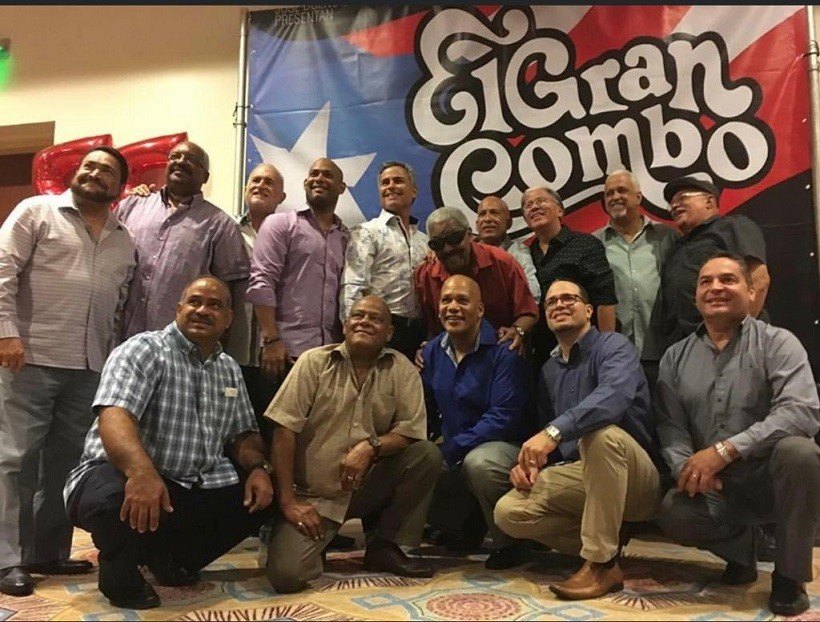
I also want to highly recommend Eddie Montalvo’s new CD: Señor Tambó. The great percussionist of the Stars of Fania and Six of the Solar delights us with a production that has ten songs in collaboration with prominent salsa exponents of the old and new school. A tribute to Rubén Blades with the participation of the Gaitanes. The musical production was in charge of Pedro Bermúdez and also has the musical arrangements of Carlos Torres and Chino Núñez. The production is available on all digital platforms and in traditional CD and Vinyl formats.
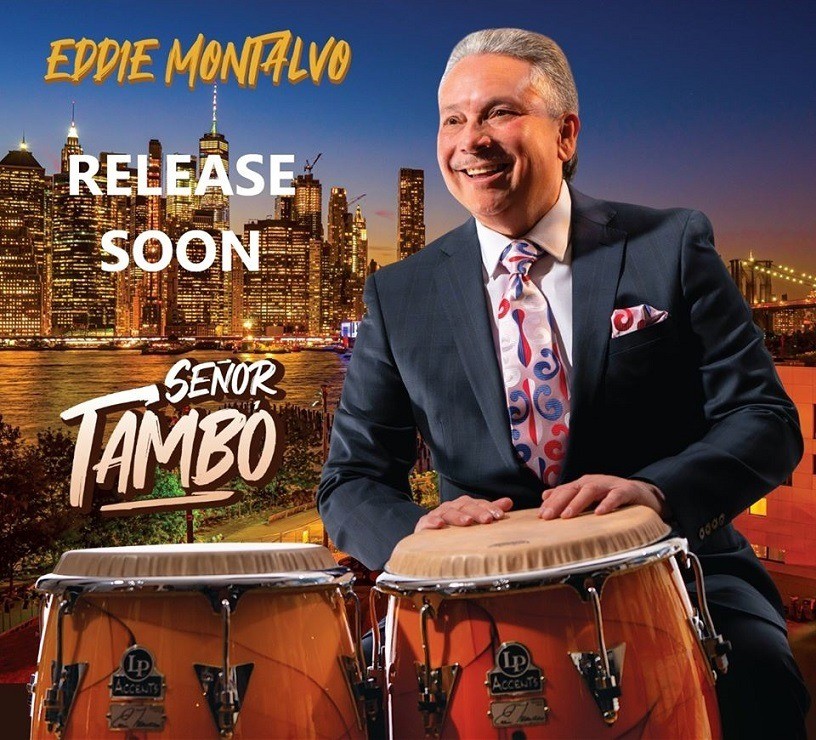
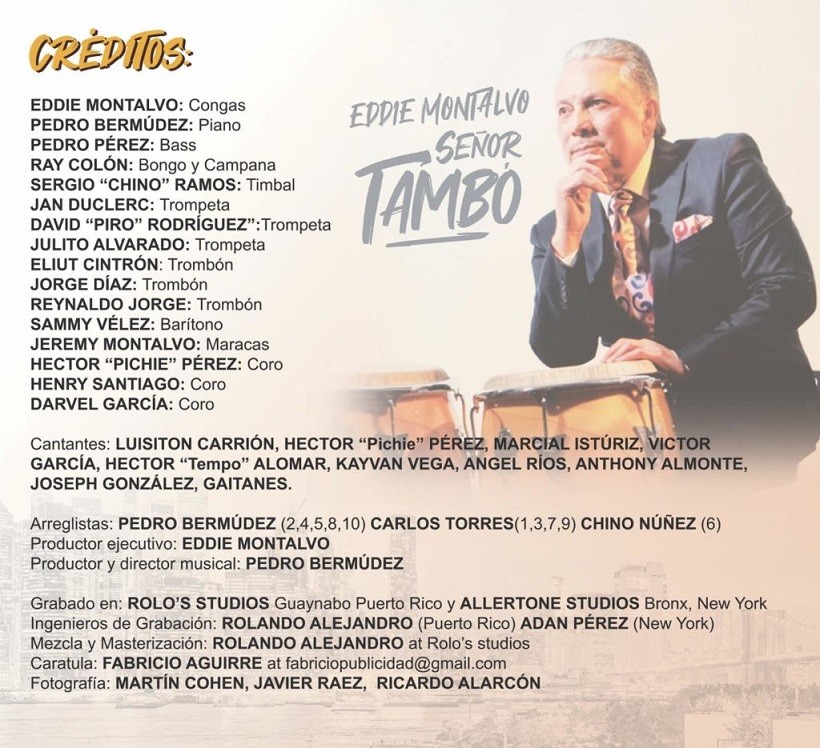
Last but not least, It is an honor for me to invite you to tune in to my new Fm / Internet radio station on Live365.com: Salsagallery. Great music, artist interviews and much more made with love for you all. There is the link: https://live365.com/station/a77973
For now, it will not be possible to open to the public the Spanish Harlem Salsa Gallery in 1708 Lexington ave New York N.Y. 10029, but you can see the entire exhibition with more than 200 articles through our social media. Check the updates in our website: spahasalsagallery.com.
At the Spanish Harlem Salsa Gallery Museum we are happy to affirm that New York City is preparing to resume its activities little by little. We hope to have more news and soon as we can return to normality.
Remember not to leave your homes unless necessary, stay safe and stay home until the authorities tell us to. Health is first.

Contact: Johnny Cruz. 917-747-8505. [email protected].

By Johnny Cruz, ISM Correspondent, New York, New York City





